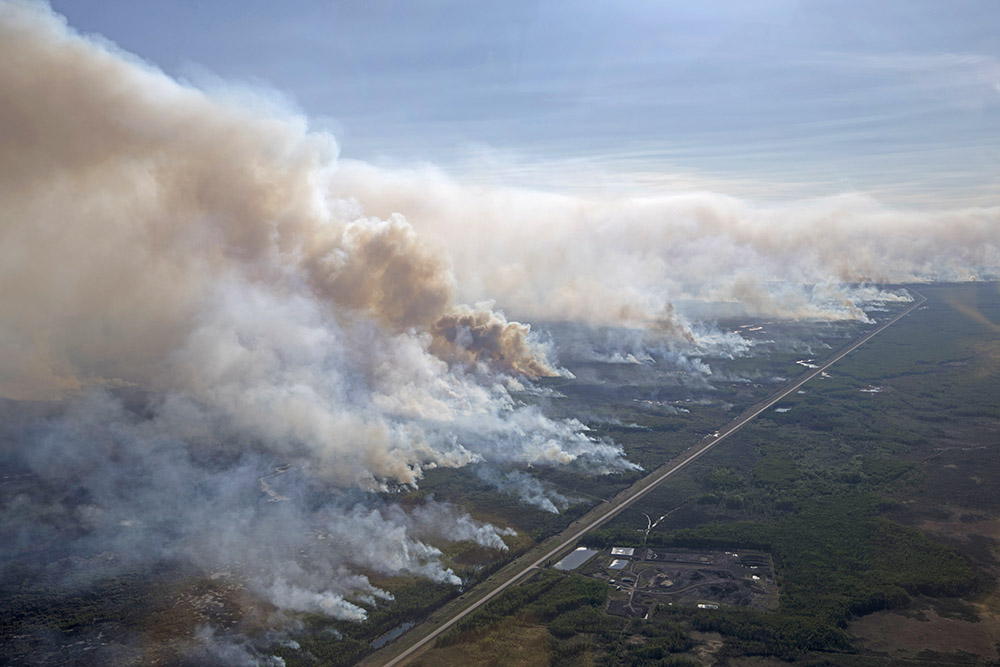An out-of-control blaze is said to have destroyed a farmyard and has forced producers to evacuate livestock
The massive wildfire in northern Alberta is reported to have destroyed one farmyard site and forced some producers to move their livestock.
Grant Smith, the agriculture fieldman for Mackenzie County, said the fire destroyed about four or five structures in a farmyard in an area known as Tompkins Landing, but added that conditions have since improved.
“That was the only catastrophe we faced,” Smith said. “We’ve fared well overall.”
The province hasn’t confirmed structural losses, but said June 2 that evacuees from the High Level area, around 4,000 people, are allowed to return home given the improving conditions.
Read Also

Why feds imposed EV tariffs
Moe and Kinew have a fight on their hands when it comes to eliminating the EV tariff. Canada has to worry about pissing off the U.S. and Mexico and hundreds of thousands of auto workers.
There are people in the Municipal District of Lesser Slave River and other Peace region areas that still cannot return.
In Tompkins Landing, located about 55 kilometres west of La Crete, Smith said fewer than 100 animals, mostly cattle, were moved.
He said the area is home to about 20 to 30 producers with 400 to 500 animals.
“We’re feeling a sense of relief,” he said. “It could have been a lot worse than it was.”
There have been 2,300 firefighters and staff, as well as 228 helicopters and 28 air tankers and other equipment, battling many separate wildfires.
The Chuckegg Creek wildfire, which has threatened the High Level area, is about 692,000 acres in size.
The Jackpot Creek wildfire near Steen River is about 61,000 acres, while the McMillan Wildfire Complex in the Slave Lake area is about 525,000 acres.
The Battle Wildfire Complex in Peace River is 133,189 acres.
Provincial officials said the fires have been tough to fight due to hot, dry and windy conditions.
They said flames in the Chuckegg blaze had been moving 23 metres a minute.
“The last 24 hours have been an extremely challenging time for firefighters in Alberta,” said Christie Tucker with Alberta Wildfire, speaking with reporters May 30. “We saw fires moving very quickly, even at night when they traditionally wouldn’t be moving so quickly.”
According to the government, many evacuees have been staying at centres across the Peace region, including Slave Lake, High Prairie, Grande Prairie, La Crete and Fort Vermilion, as well as in Edmonton.
Smith said any animals that were moved likely went to the rodeo grounds in La Crete or Fort Vermilion or are with neighbours and family on other lands.
He said the animals are likely to be moved to a grazing reserve in the region.
“They are all OK,” he said. “We don’t think the imminent threat is there anymore.”
The province has provided more than $6.8 million in one-time, emergency support payments to evacuees.
People in the area can qualify for financial support by submitting an application. Those who qualify will receive $1,250 for each adult and $500 for each child.
Highway closures have been in effect. People can check 511.alberta.ca for the latest information on closures.
















